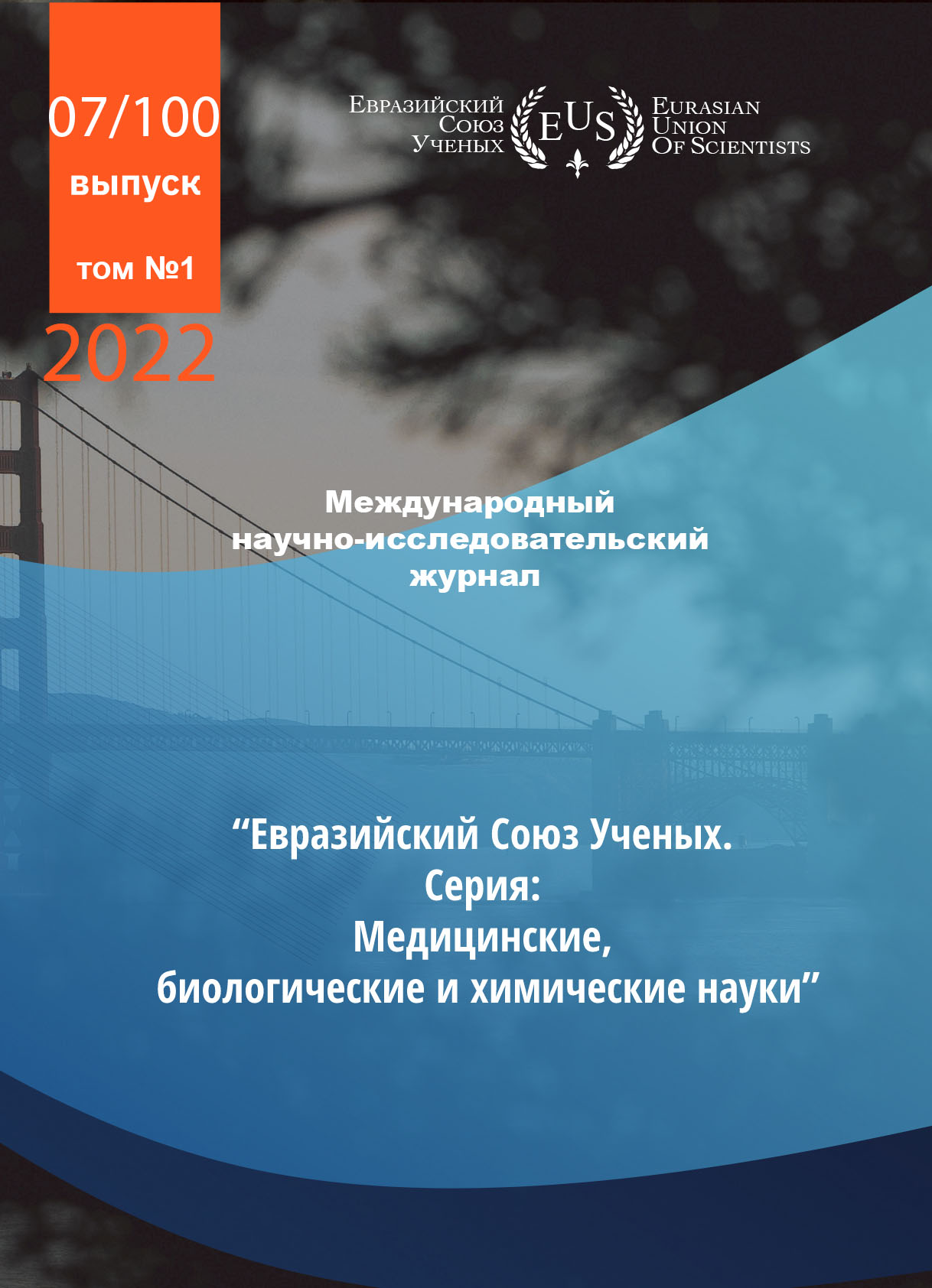INDICATORS OF GENERAL HEMODYNAMICS AND OCCUPANCY TRAUMATISM UNDER PREMATURE LABOR CONDITIONS WITH DIFFERENT VARIANTS OF ANESTHESIOLOGICAL SUPPORT
Abstract
On the basis of a random sample, 150 women in labor with spontaneous premature birth were selected into
three clinical groups, comparable according to the ASA, the Fisher scale, and a number of anthropometric
parameters. In the main group (n = 69), single-stage sacral anesthesia with 0.2% bupivacaine solution was used,
in the 1st comparison group (n = 49), prolonged epidural anesthesia with 0.125% bupivacaine solution was
performed, and in the 2nd group (n = 32), labor was compared with using pudendal anesthesia and subcutaneous
injection of 2% promedol. In these groups, the parameters of systemic hemodynamics, birth traumatism and the
number of operative births were analyzed. It was found that the proposed variant of sacral anesthesia, while
providing adequate nociceptive protection, does not cause clinically significant depression of the parameters of
systemic hemodynamics; at the same time, birth traumatism and the number of operative deliveries are reduced.
References
2. Tokobaev N.D. Epidural anesthesia in preterm labor: diss. cand. med. sciences.- Obstetrics and gynecology.-Bishkek, 2008.- 102p.
3. Fomichev V.A., Korolev V.V., Shcherbakov I.V. Experience of using epidural anesthesia in a general hospital // Anesthesiology and resuscitation. -
1990, No. 5. - P 74-77
CC BY-ND
A work licensed in this way allows the following:
1. The freedom to use and perform the work: The licensee must be allowed to make any use, private or public, of the work.
2. The freedom to study the work and apply the information: The licensee must be allowed to examine the work and to use the knowledge gained from the work in any way. The license may not, for example, restrict "reverse engineering."
2. The freedom to redistribute copies: Copies may be sold, swapped or given away for free, in the same form as the original.







